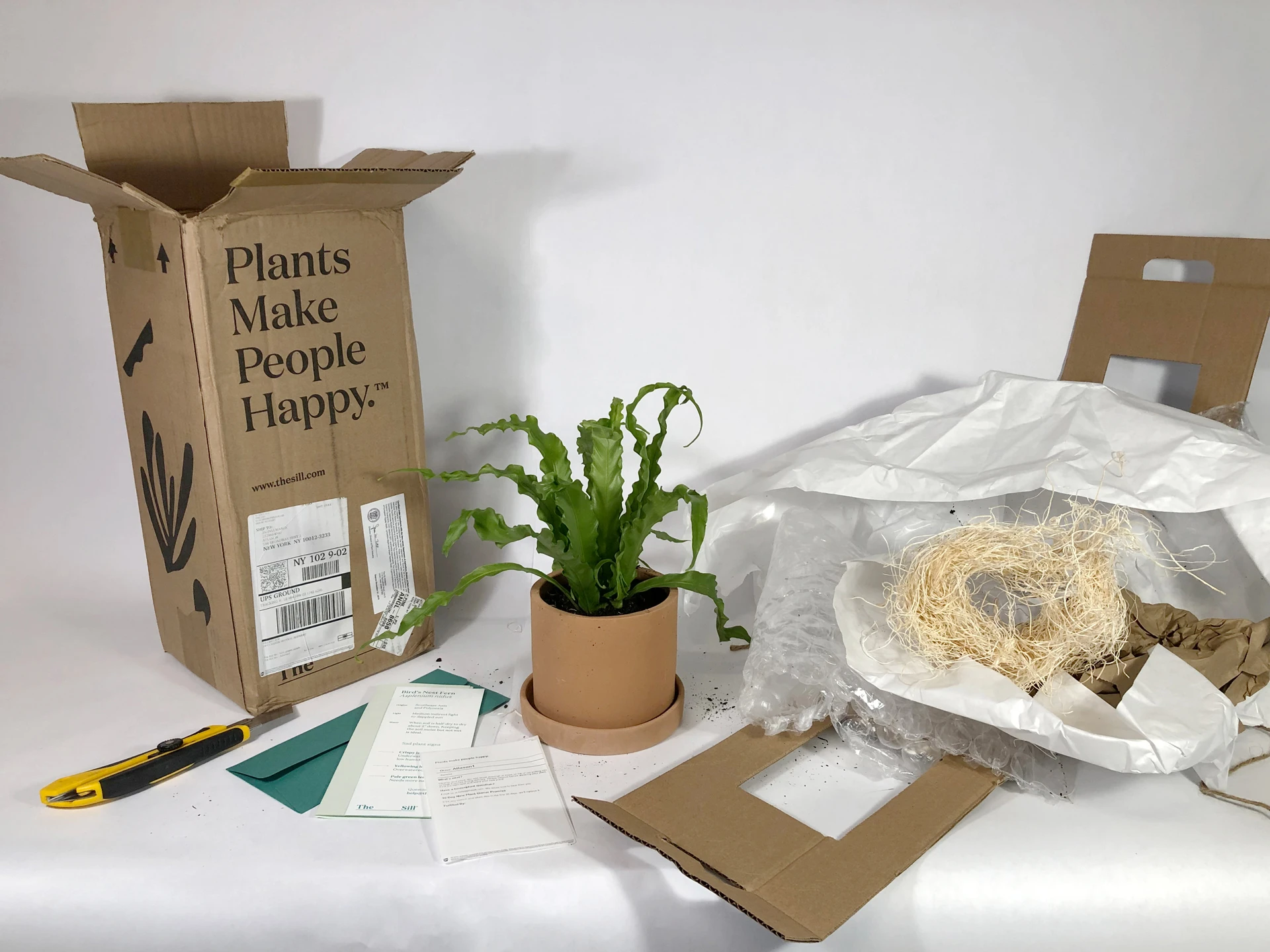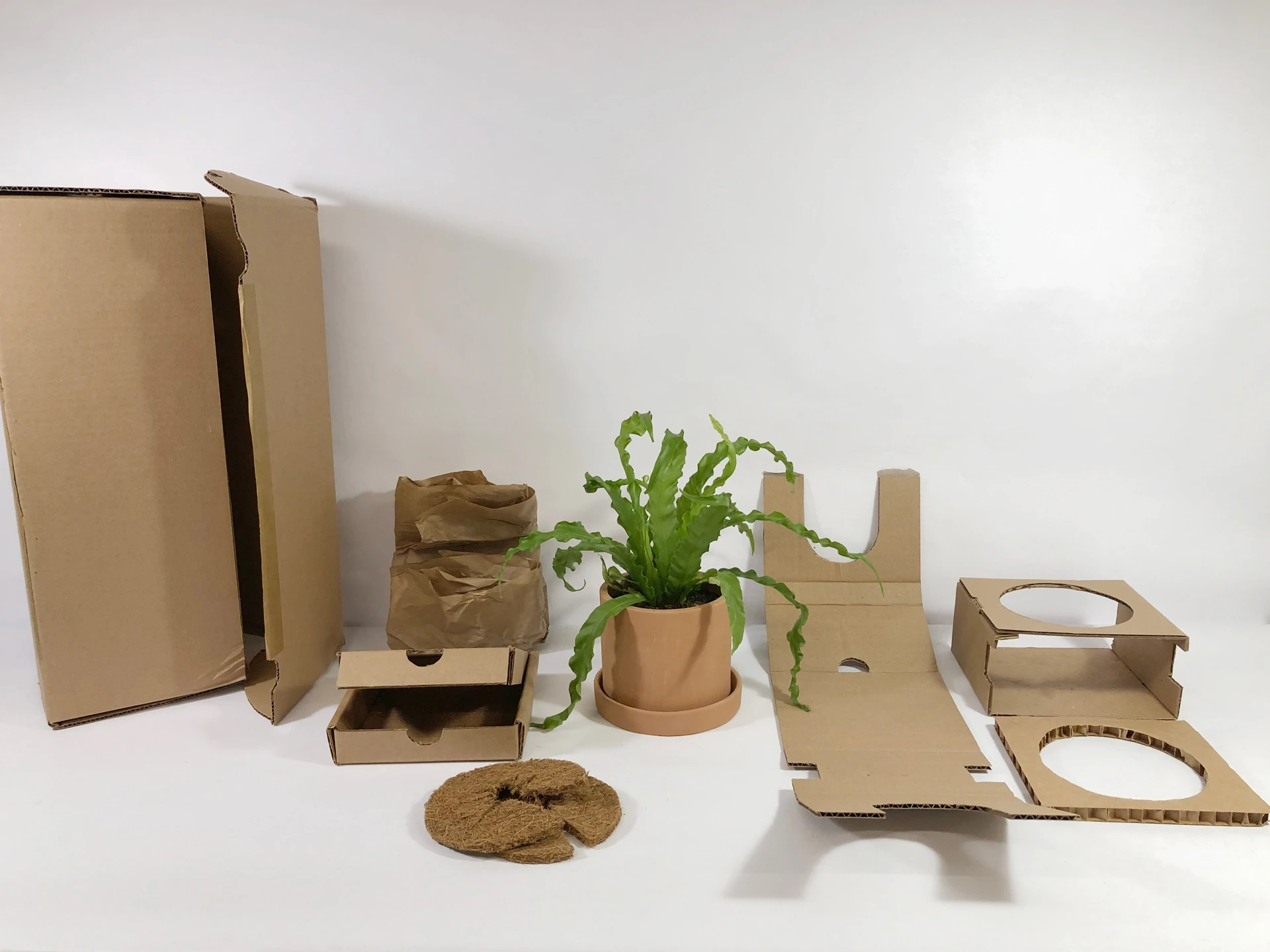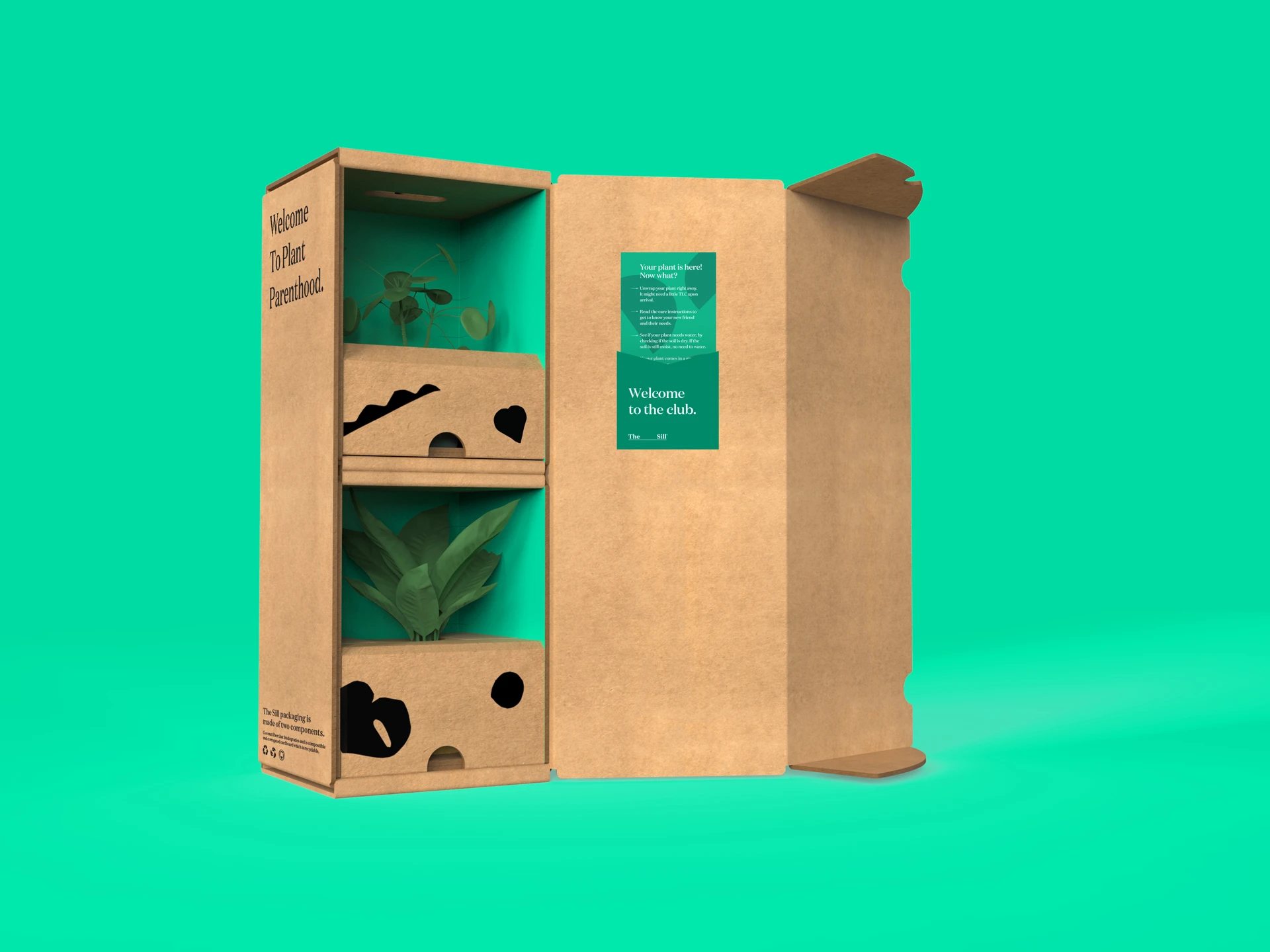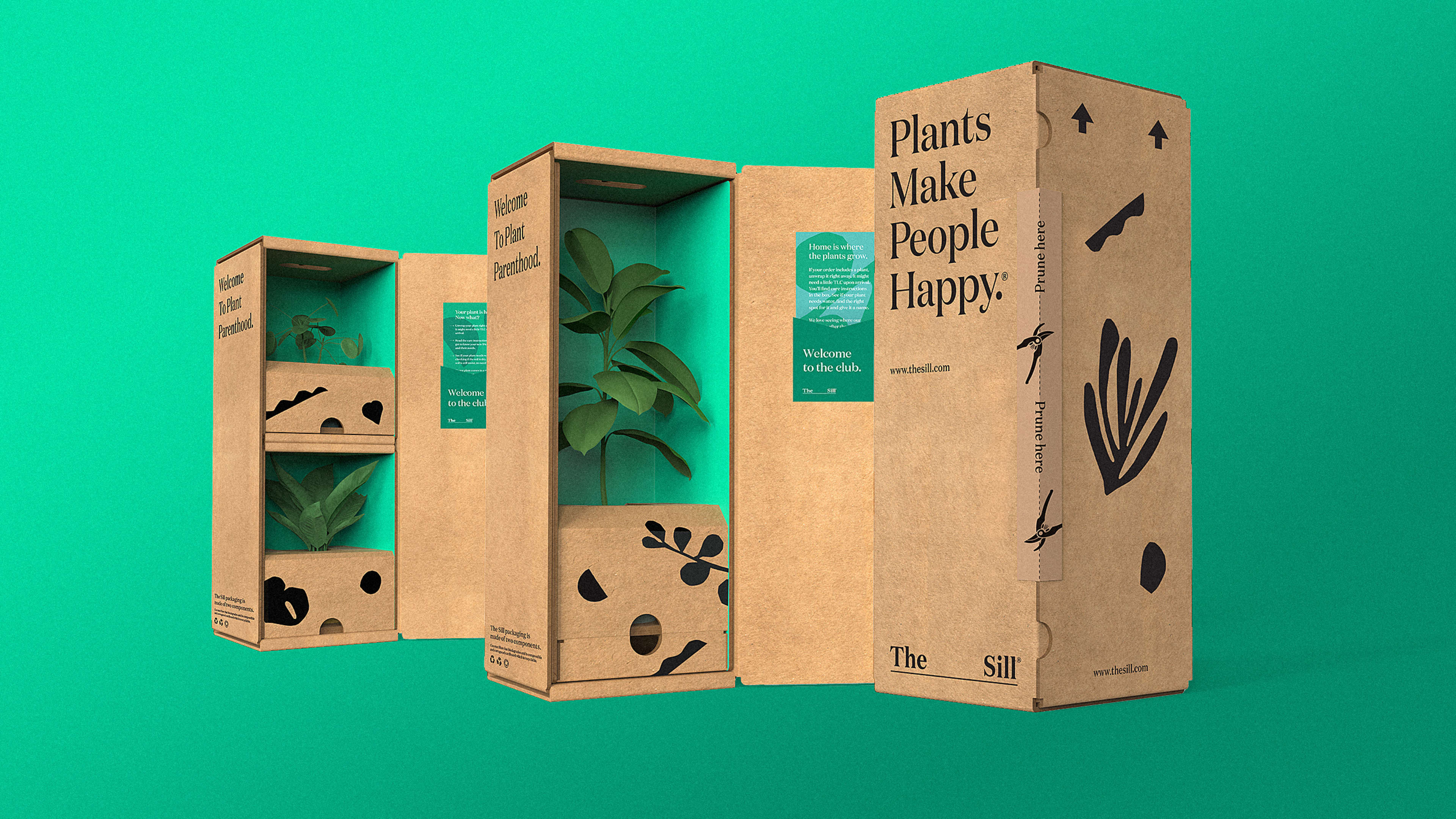Until recently, if you ordered from online plant store The Sill, it would arrive carefully wrapped in a huge amount of packaging inside the box: cardboard surrounding layers of bubble wrap and another layer of paper, creating an awkwardly large pile of trash. It was an attempt to help a fragile item make it through a rough journey across the country, but as boxes jolted through the shipping process, plants still sometimes didn’t make it unscathed. The company decided to design custom packaging that would work better—and in the process, eliminated bubble wrap.

“Reducing waste was a top priority for us,” says Eliza Blank, the startup’s founder and CEO. “Packaging serves one primary purpose: to get our product safely from us to the customer. It’s a very short lifecycle. With that in mind, we wanted to ensure the packaging was recyclable and/or compostable, while maintaining our high standards for shipping living plants.”

The new packaging, which the company will roll out in September, uses a cardboard shell that folds tightly around the pot to hold it in place inside the shipping box, and an adjustable disk, made of coconut fiber, that sits over the dirt in the pot to keep it from falling out. “You can make a really snug space around the plant so you can be very space-efficient,” says Hlynur Atlason, founder and lead designer at Atlason, the studio that designed the new packaging. “Therefore, you use a lot less material. You’re not using any filler materials and you’re trying to tailor the box as close to the plant as possible.” The cardboard can be recycled; the small disk can be composted in a backyard.

Plants presented a unique challenge: unlike a toothbrush or a mobile phone, each varies in size as it grows, and suppliers also use multiple different sizes of pots. The new system uses a few different sizes of boxes, but the interior structure can accommodate variations. For simpler products, it’s even more likely that companies could eliminate plastic packaging that can’t easily be recycled. “You can pretty much get rid of bubble wrap,” Atlason says. Even less packaging could be used if there were changes in infrastructure and shipping companies handled different items in different streams. “I think we could go much further in creating more environmentally-focused packaging using fewer resources if it were handled differently,” he says.
For The Sill, the shift may save money; boxes can now be packed more quickly, so it’s possible to ship more plants in the same amount of time, and they’ll spend less on materials in each package, though there was an initial investment in the custom design. Custom packages may become more common for some other online retailers as customers demand more sustainable options. “I’ve seen a big shift,” says Atlason. “When I’ve proposed solutions in the past, clients have often said, well, that’s great, but we’re not seeing any interest from consumers to pay the extra money that might be required to design it [more sustainably]. All of a sudden, I feel like there’s been a really strong shift. . . . there’s a rejection of plastic, generally speaking, in packaging.”
Recognize your brand’s excellence by applying to this year’s Brands That Matter Awards before the early-rate deadline, May 3.
